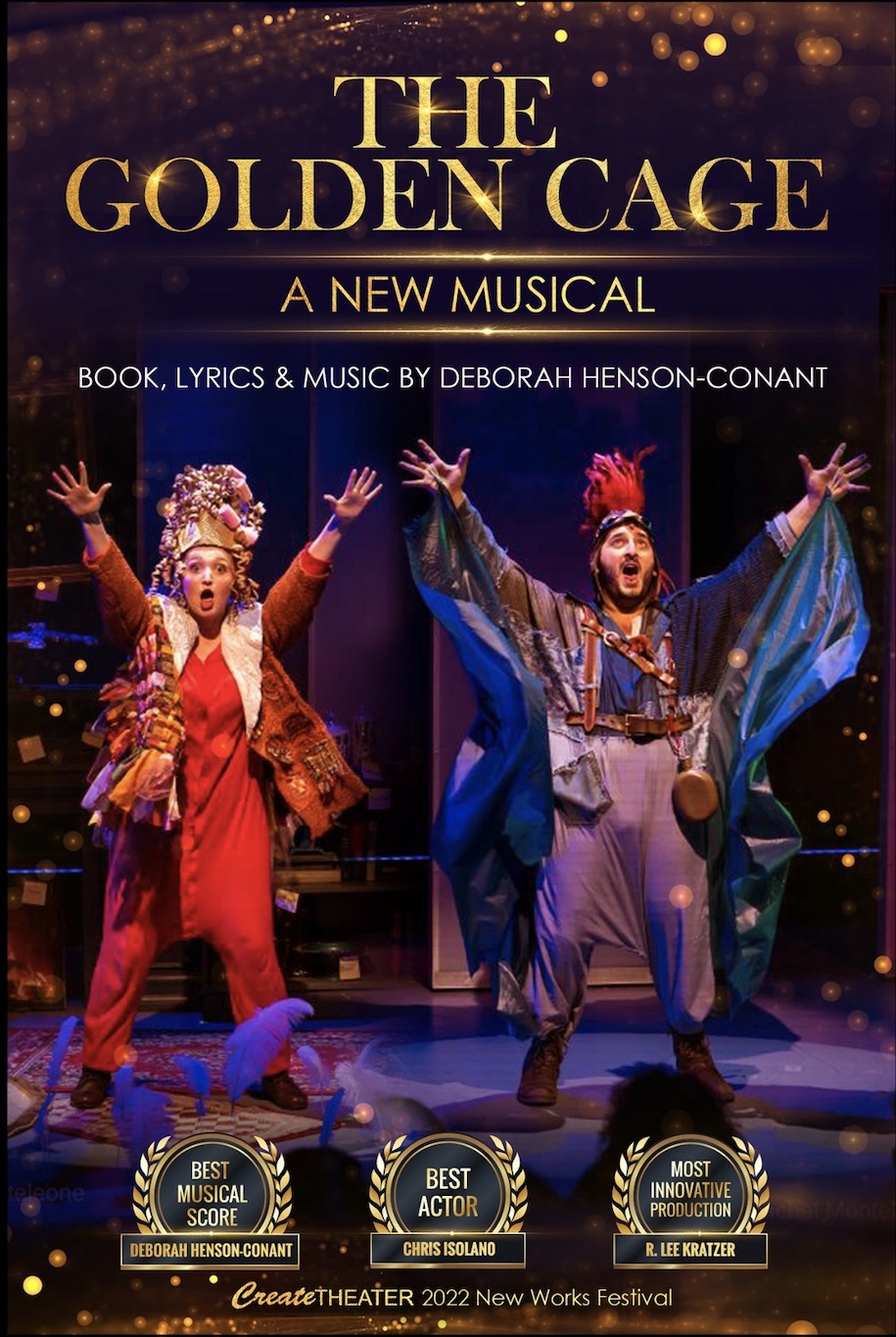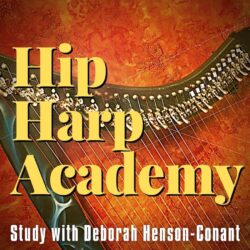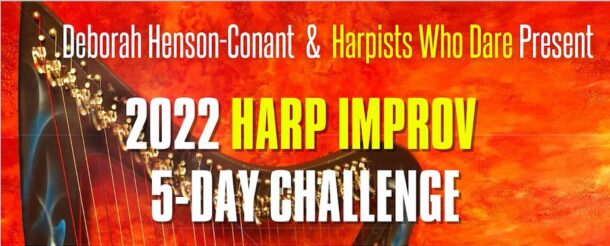People – harpists, musicians, creatives, students, curious – often ask me about my life, my work, my instrument. Students are often doing projects when they ask for an interview.
People often ask me about my life, my work, my instrument #interview #harp Share on XOften people want to know the same kinds of things: How did I get started? What drew me to the harp? And when I answer I like to do it via video to create a library of answers people can draw from.
Occasionally the questions get more specific, like when someone has a particular research project. In this case, Selina Her from Stanford University, sent me a list of questions that seemed to focus on the physical, the functional, the relationship between builders, harpists and the people who take care of harpists (like physical therapists and doctors)
Question Set #1
- Describe your identity as a harpist
- How do harpists fit in your social circle?
- Do harpists I know share my views about the harp?
Question Set #2
- Describe your ideal harp.
- Do you think that how a harp looks influences how it’s heard by audiences?
- Is there any part of the harp you would change?
Question Set #3
- How often do you think about the physical strain of playing the harp?
- Have you ever had sustained injuries from the harp?
- Do harpmakes, harpists or doctors help prevent injuries?
Question Set #4
- What do you think about technology like carbon fibre, midi & electric harps.
Question Set #5
- Which is more important to you: aesthetics or ergonomics ~ how it looks or how it feels?
Question Set #6
- What makes a ‘harp’ a ‘harp’?






I really enjoyed your answers, here — thanks for sharing them with everyone.
I thought your comments about aesthetics vs. ergonomics were especially insightful, and I wish more instrument manufacturers would consider this when designing the instruments they sell. As you alluded, however, I think many people’s preconceived notions about what a harp should look like affect whether or not they’d purchase a particular harp and so I suppose harp manufacturers also have a need satisfy as many customers as possible (in order to remain solvent!).
I’m encouraged by the emerging movement among harpists who are — in my opinion — rescuing this instrument from its early grave brought on by gold leafing, naked cherubs, etc. Maybe someday in the near future harps will be widely considered beautiful because of their barest, innate simplicity rather than being viewed as ornate pieces of furniture.
Love your work! Never stop!
Thanks Jason! Appreciate your whole comment … and especially love the last line.
Loved this! Was fortunate to be in your classes at Southeast Harp Conference (Ashville, NC) twice, and to catch your shows. It was absolutely mind-blowing to see what the harp is capable of producing..every home should have one! Thanks for sharing this with us….
You’re so welcome, Myra! Your comment reminded me that I’ve always been fascinated by the idea: “How many different things can you do with this one thing?” Ha ha! I guess I made that childhood game into my life’s work.
I wondered if Selena was a harpist, because the questions seemed so simple that they were hard to give a deeper answer – but you did it! I was thinking about how I would have answered, if I was asked those same ones. I wouldn’t have given that in-depth answer. Yes, thank you for sharing with us. Because everyone would have differing answers, yet most of us are not as deeply “into” the building/design/output/composition as you.
Aloha Deborah! Enjoyed these interview questions immensely.
You said you have a specific routine each morning when you begin to play.
Salzedo had his “Dozen Daily Exercises” – what about DHC putting something together and making it available for a nominal fee?
Big hugs! I will be attending the Virtual Harp Summit, but will be traveling, so I willing be purchasing lifetime access to it later. Enjoy your summer!